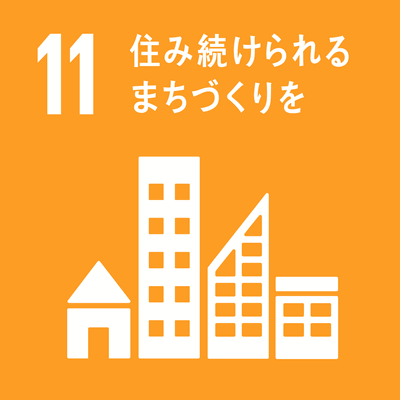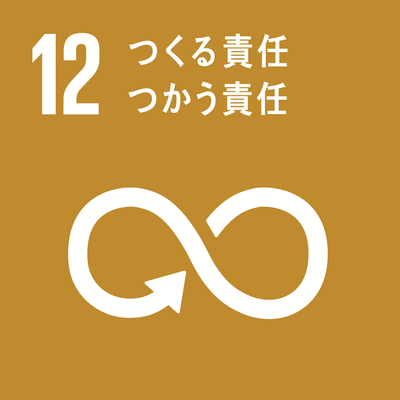シラバス表示
シラバスの詳細な内容を表示します。
→ 閉じる(シラバスの一覧にもどる)
科目の基本情報
| 開講年度 | 2023 年度 | |
|---|---|---|
| 開講区分 | 工学研究科(博士前期課程)建築学専攻 | |
| 領域 | 主領域 : G | |
| 受講対象学生 |
大学院(修士課程・博士前期課程・専門職学位課程) : 1年次 |
|
| 選択・必修 | ||
| 授業科目名 | 建築構造工学演習 | |
| 建築構造工学演習 | ||
| Exercises in Advanced Structural Engineering | ||
| 単位数 | 1 単位 | |
| ナンバリングコード | EN-ARCH-5
|
|
| 開放科目 | 非開放科目 | |
| 開講学期 |
後期 |
|
| 開講時間 |
火曜日 1, 2時限 |
|
| 授業形態 |
対面授業 * 状況により変更される可能性があるので定期的に確認して下さい
「オンライン授業」・・・オンライン会議ツール等を利用して実施する同時双方向型の授業 |
|
| 開講場所 | ||
| 担当教員 | 川口 淳(工学研究科建築学専攻) | |
| SDGsの目標 |
|
|
| 連絡事項 | * 状況により変更される可能性があるので定期的に確認して下さい |
|
学修の目的と方法
| 授業の概要 | 建築鋼構造を中心にその理論と設計法について,輪講形式で学習する. Students will learn the theory and design method of architectural steel structures in a round-robin style. |
|---|---|
| 学修の目的 | 構造工学特論で学んだ知識を活用し,建築鋼構造を中心に理論と設計に関する知識を得る。 Utilize the knowledge learned in Advanced Structural Engineering to gain knowledge on theory and design, mainly on building steel structures. |
| 学修の到達目標 | 鉄骨構造の設計方法の理論的背景を理解する事で,様々な形式・形状の鉄骨骨組の設計時における応用能力を身に付ける事が出来る. By understanding the theoretical background of the design method of steel structures, it is possible to acquire the applied ability when designing steel frames of various types and shapes. |
| ディプロマ・ポリシー |
|
| 成績評価方法と基準 | 出席 50%, レポート 50%,合計100%(合計60%以上で合格) |
| 授業の方法 | 演習 |
| 授業の特徴 | |
| 授業改善の工夫 | 学生が主体的に考え,周辺技術に関する事項を調査する事で,応用能力を身に付けられるような工夫を行なっている.また,質問についてもオフィスアワーを講義中でアナウンスし,質問をする機会を積極的に設けている. |
| 教科書 | 井上一朗・吹田啓一郎 共著,「建築鋼構造〜その理論と設計〜」,鹿島出版会 |
| 参考書 | |
| オフィスアワー | 随時(E-mail: jkawa@arch.mie-u.ac.jp) |
| 受講要件 | |
| 予め履修が望ましい科目 | 工学部建築学科にて開講されている,「建築力学I」〜「建築力学III」,「鉄骨構造」相当の知識を有している事が望ましい. |
| 発展科目 | |
| その他 | この科目はインターンシップ関連科目である。 |
授業計画
| MoodleのコースURL |
|---|
| キーワード | 構造力学,構造設計,耐震設計,鉄骨構造 Structural mechanics, structural design, seismic design, steel structures |
|---|---|
| Key Word(s) | structural mechanics, structural design, seismic design, steel structure |
| 学修内容 | 1. 塑性解析と塑性設計1:降伏条件と全塑性モーメント1 2. 塑性解析と塑性設計2:降伏条件と全塑性モーメント2 3. 塑性解析と塑性設計3:骨組の塑性崩壊1 4. 塑性解析と塑性設計4:骨組の塑性崩壊2 5. 塑性解析と塑性設計5:塑性崩壊の定理 6. 塑性解析と塑性設計6:骨組の塑性崩壊荷重の計算法1 7. 塑性解析と塑性設計7:骨組の塑性崩壊荷重の計算法2 8. 塑性解析と塑性設計8:骨組の塑性設計 9. 塑性解析と塑性設計9:連続体の塑性解析・降伏線理論 10. 座屈と座屈補剛1:座屈たわみ角法 11. 座屈と座屈補剛2:座屈補剛ブレース 12. 座屈と座屈補剛3:板要素の座屈 13. 骨組の弾塑性解析1:マトリクス変位法1 14. 骨組の弾塑性解析1:マトリクス変位法2 15. 骨組の弾塑性解析2:弾塑性増分解析 1. Plastic analysis and plastic design 1:yield condition 2. Plastic analysis and plastic design 2: full-plastic moment 3. Plastic analysis and plastic design 3:plastic collapse of frame 1 4. Plastic analysis and plastic design 4:plastic collapse of frame 2 5. Plastic analysis and plastic design 5:theory of plastic collapse 6. Plastic analysis and plastic design 6:Calculation method of plastic collapse load 1 7. Plastic analysis and plastic design 7:Calculation method of plastic collapse load 2 8. Plastic analysis and plastic design 8:Plastic design of frame 9. Plastic analysis and plastic design 9:Plastic analysis of continuum, yield line theory 10. buckling and restraining 1: buckling curvature method 11. buckling and restraining 2:buckling restrained brace 12. buckling and restraining 3:buckling of plate element 13. Elastic analysis 1:Metrix method 14. Elastic-plastic analysis 1:Metric method 15. Elastic-plastic analysis 2:Elasto-plastic incremental analysis |
| 事前・事後学修の内容 | 本演習は,輪講形式で実施するので,それぞれテキストを予習することが求められる.必要に応じて,補足資料を作成し,全員分の配布を準備されたい.また,教員から解説を受けた後,再度再度課題が出されることもあるので,それをもって,復習として理解を深めてもらいたい. Since this exercise is conducted in the form of round lectures, it is necessary to prepare for each textbook. If necessary, create supplemental materials and prepare them for distribution to all members. Also, after receiving an explanation from the teacher, the assignment may be re-issued again, so we hope that you will have a deeper understanding as a review. |
| 事前学修の時間:90分/回 事後学修の時間:30分/回 |


